Gazing across Tokyo’s sweeping forest of twinkling high-rises is every bit as compelling as the vertical verve of Manhattan. If the vast number of office towers still fully-lit at 11pm is any guide, not only is this electric metropolis a city that never sleeps, but a city that never seems to stop working.
Another novelty of Tokyo’s vertical fabric is the ever-increasing presence of gardens and grassy lawns crowning the rooftops.The 1958-vintage Tokyo Tower remains a beloved tourist icon, symbolising the city’s post-war rebirth and design- inspired by the Eiffel Tower. It was painted in vivid orange and white to comply with aviation regulations and also served a useful purpose as a transmission tower for analog communications.
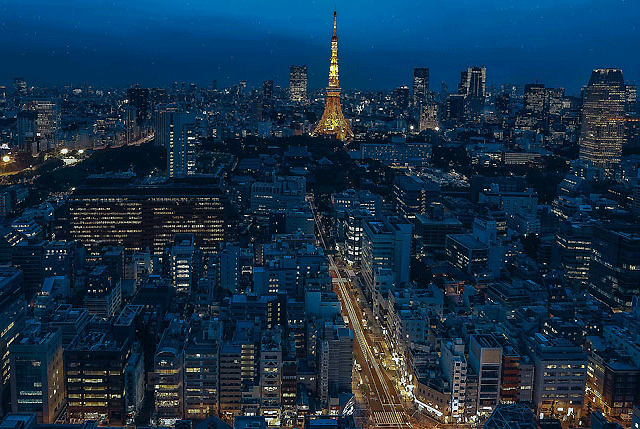
Five years ago, the Tokyo Sky Tree opened its lofty observation deck to the world, billing itself as the world’s “tallest free-standing tower” at 634 metres. In a sign of the times, it’s also the main broadcast tower for digital communications. Both towers are superbly lofty perches for soaking up Tokyo’s sprawling urban panoramas. If you’re venturing up the Sky Tree, do it in the late afternoon, after the school groups have gone, and marvel at the sun slipping behind Mt. Fuji.
Surrounded by the glittery canyons of commerce and high-density living, the high-powered business district of Marunouchi is proudly home to the Imperial Palace. Bracketed by expansive verdant parkland, and encased in a wide moat, most of the palace compound is strictly off-limits to the public.
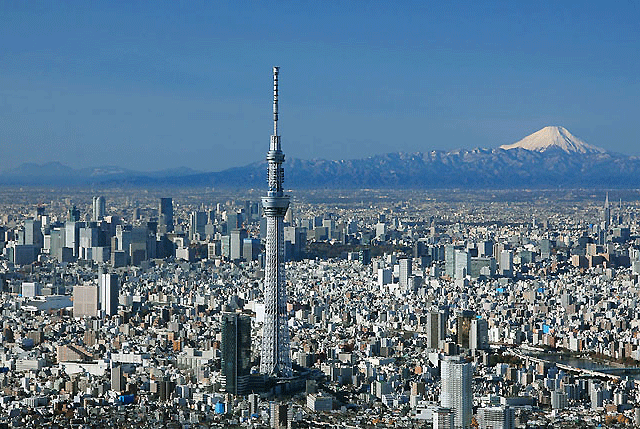
Home to Emperor Akhito and the imperial family, I enjoyed a stroll through the palace’s east garden, which feels a world away from the big-city bustle. I adore those exquisitely twisted pine trees in the park. The moat and stone walls date back to the original Edo Castle, which was the world’s largest fortress in its heyday. The current palace is only fifty years old, built after the destruction of World War II.
Be sure to snap yourself at the scenic backdrop, where the Imperial Palace pops its head over the landmark Double Bridge, the Nijubashi. Ceremonial soldiers guard the entry point to the palace, from the iron and stone bridges. Another totem of Marunouchi’s imperial heritage is the Tokyo Railway Station. Just over a century ago, during the Meiji era, the area began to be developed as showcase of global architecture, with the army selling much of the land to Mitsubishi.
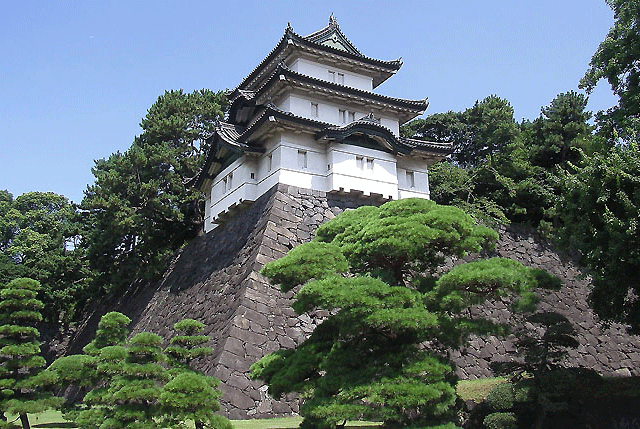
Tokyo Station was built to resemble Amsterdam’s red-bricked Centraal Station. Celebrating its centennial three years ago, this elegant landmark and its glorious domes is looking resplendent after a top-to-toe renovation. Wandering through the sprawling transportation complex, you’ll notice billowing queues of commuters, lining up to access Daimaru department store. This underground complex of shopping and dining arcades is a city favourite.
Nihonbashi neighbours Marunocuhi, which also fittingly exudes a timeless elegance, given it was a flourishing merchant hub in the Edo era. Walking across the stately century-old granite Nihonbashi bridge, guarded by stone lions and dragons, I noticed a marker on the road. It denotes the official starting point for Japan’s highways, from which all road distances were measured in the Edo period.
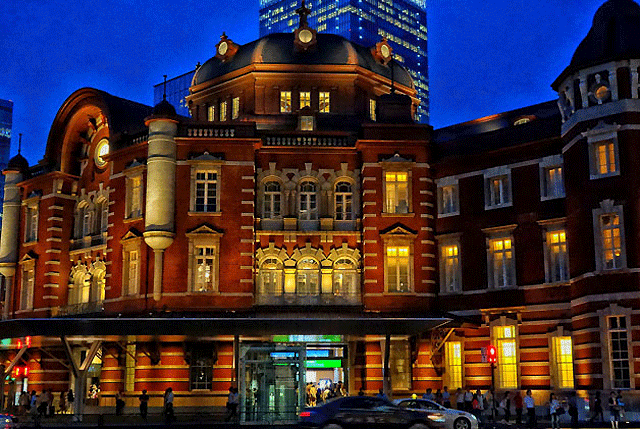
Explore Nihonbashi Nakadori, a 50 metre pedestrianised lane, brimming with traditional cafes and shops, evoking the trading spirit of the Edo period. Nihonbashi is where I enjoyed a seriously good department store fix, browsing the grandest of Tokyo’s department stores.
Don’t miss the subterranean spectacle that beckons in the basement food hall. Every major department store features one of these underground wonderlands, where freshly baked breads, traditional delicacies, sweet treats and seasonal fruits are meticulously presented in the most mouth-watering and artful ways. The presentational flair of the displays are museum-worthy. In-season fruit seems to get particularly special attention, where a few choice specimens are sculpted into the most astonishing edible artworks.
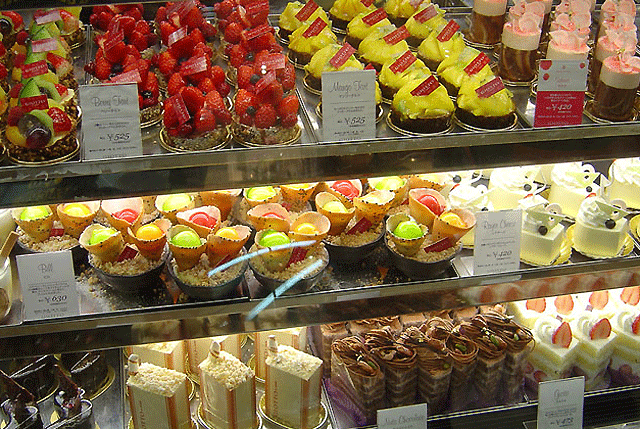
I was speaking to one food hall attendant in Mitsukoshi Department Store who summed up their presentational finesse perfectly. “We like to make the eye smile.” Nihonbashi’s superlative department stores include Mitsukoshi, which is Japan’s oldest, dating back to the 17th century.
Nihonbashi is home to the flagship. Stepping inside the grandiose Renaissance-style establishment, I was struck by the centrepiece taking pride of place in the main hall. The resplendent wooden statue is of the Goddess of Sincerity, which took ten years for a master craftsman to complete. If you have the time, you’ll notice this building is studded with numerous artworks of cultural heritage.
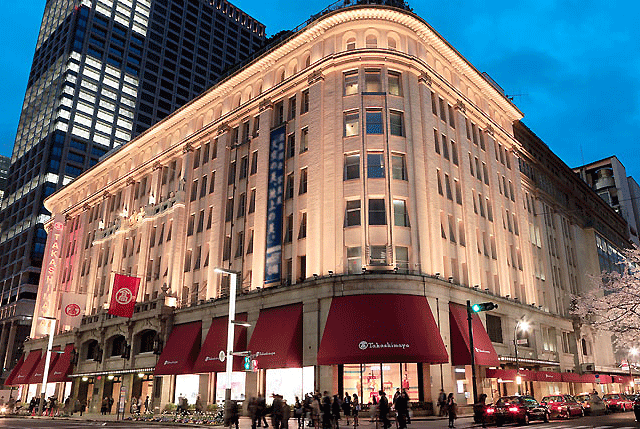
The same applies at the Nihonbashi branch of Takashimaya, which modelled its layout on Harrods of London.It’s all marble columns, chandeliers and uniformed female elevator operators, who herald the arrival at each floor with a sing-songy announcement. Purchase an item at these old-school department stores and the shop assistant will chaperone you to the exit doors, with a farewell bow to send you on your way.
Just imagine that at K-Mart! Fancy trying some local treats? Tokyo is awash with Matcha mania. Matcha is powered green tea, a Japanese specialty. But the frothy, bitter beverage has made its way into deserts, rounding out the sweetness. Whether it’s Matcha Shaved Ice, Matcha Cheesecake, Matcha White Chocolate Fondue…the powdered green tea makeover to desserts is insatiable. If you want to stick with tradition, a classic green tea confectionary is warabimochi, a jelly-like treat, not dissimilar to Turkish delight.
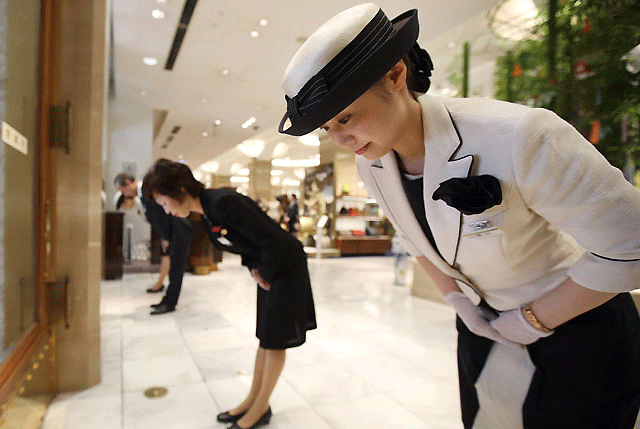
Another venerable attraction to please the taste-buds is Kamikawaguchi-ya, Japan’s oldest candy shop. Founded in 1781, this has been a favourite after-school spot for Tokyo children, although Japanese candy certainly isn’t as sweet as what we’re used to. If you want to snap up some traditional snacks, you’ll find the nostalgic store by the Kishimojin Shrine in Toshima. Where to stay? Situated next to Mitsukoshi, the Mandarin Oriental is perfectly positioned if you’ve got a head for heights and elegant sights.
This seriously stylish, skyscraper-hotel is deservedly showered with accolades for its ultra-personal service, Japanese-inspired design, supreme commitment to contemporary luxury and astonishing dining experiences. Gracing the upper levels of the Mitsui Tower, the hotel’s design was inspired by the concept of a “living tree.” And what winning roost it is. Arriving at the 37th-floor lobby, walls of glass frame epic vistas across Tokyo.
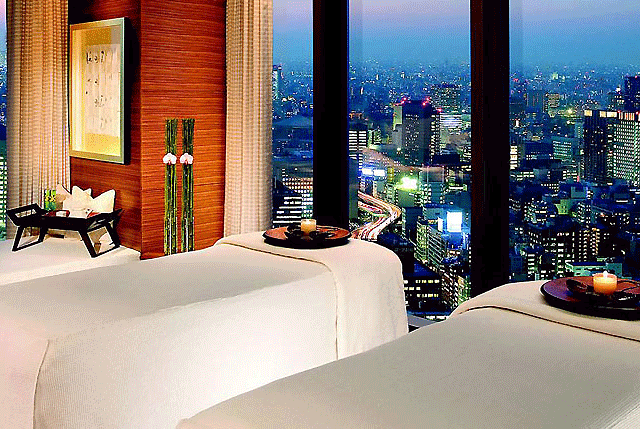
If you’re keen to delve into the historical richness of Nihonbashi, the concierge services are wizards at unlocking the very best cultural experiences, whether it be a visit to a kimono maker or sumo stables. Delicate leaf-motif fabrics, bamboo walls and paper lanterns injected an unmistakable sense of place into the furnishings of my guestroom, with more scene-stealing views through the super-sized windows.
Whether you’re staying in-house or not, The Spa at Mandarin Oriental is an ethereal triumph, swooned over many spa-aficionados as sporting Tokyo’s best facilities. Alongside the sky-high treatment rooms, the crystal steam room and ice fountain accentuate the experience. The wealth of divine dining experiences is extraordinary, headlined by three Michelin-starred restaurants. There’s fine French dining in Signature, masterly fresh fish artistry in Sushi Sora, and exceptionally superb Cantonese food in Sense.
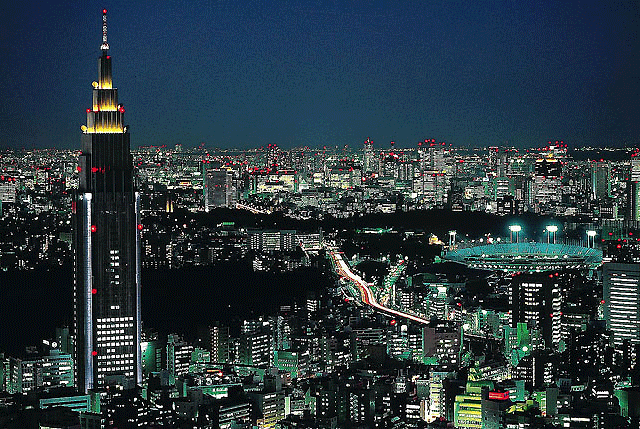
Ever wanted to breathe dragon fumes or try magic beans? You’ve come to right place! I enjoyed a perfectly-proportioned degustation dinner at Sense, which spanned seven courses ranging from steamed king prawns with garlic and glass noodles to stir-fried wagyu beef tenderloin. The desert, a fresh mango pudding, was quite possibly the closest a taste sensation can come to Heaven in a bowl.
Truly spectacular. If you’re sizing up an indulgent afternoon tea serving, the hotel’s Oriental Lounge excels on that score, too. Also in Mitsui Tower, don’t miss a couple of delightful shops. Located on the first floor, treat your eyes to the exuberance of Sembikiya, one of Japan’s most treasured fruit shops. And the hotel operates its very own Gourmet Shop, on the ground floor.

Visually mouth-watering, the oven-warm bread, confectionery, cakes and fresh deli goods can be purchased to eat-in or takeaway. Mandarin Oriental Tokyo is undeniably a hotel experience that golden holiday memories are made of. For best rates and special packages, head to www.mandarinoriental.com/tokyo
Japan’s exemplary rail network is a headline attraction in its own right. Whether it’s riding the rails of the storied Yamanote Line, which encircles central Tokyo, or purring through the countryside on a Shinkansen bullet train, the to-the-minute timetabling doesn’t miss a beat. Amongst the marvels of travelling by train in Japan, I particularly love how the conductors bow, as they pass through each carriage. It is unquestionably the best way to zip around the city and the nation. Before travelling to Japan, purchase a Japan Rail Pass, which delivers excellent value for money, total flexibility and travel convenience. www.railplus.co.nz

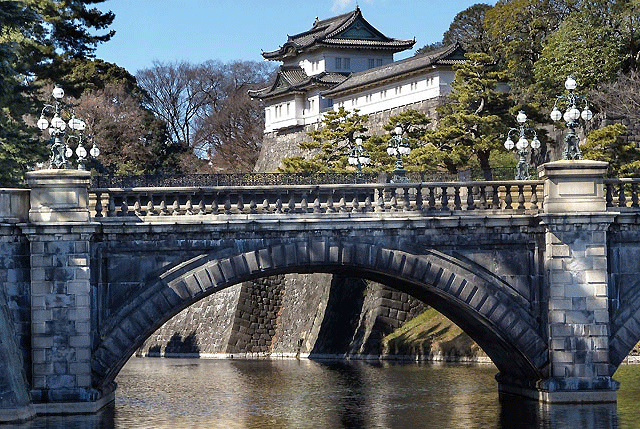

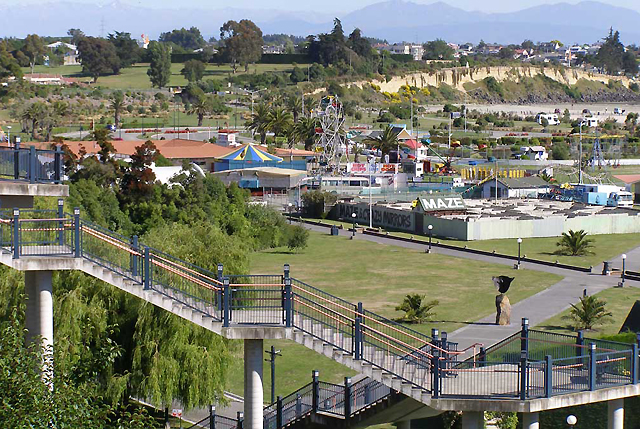

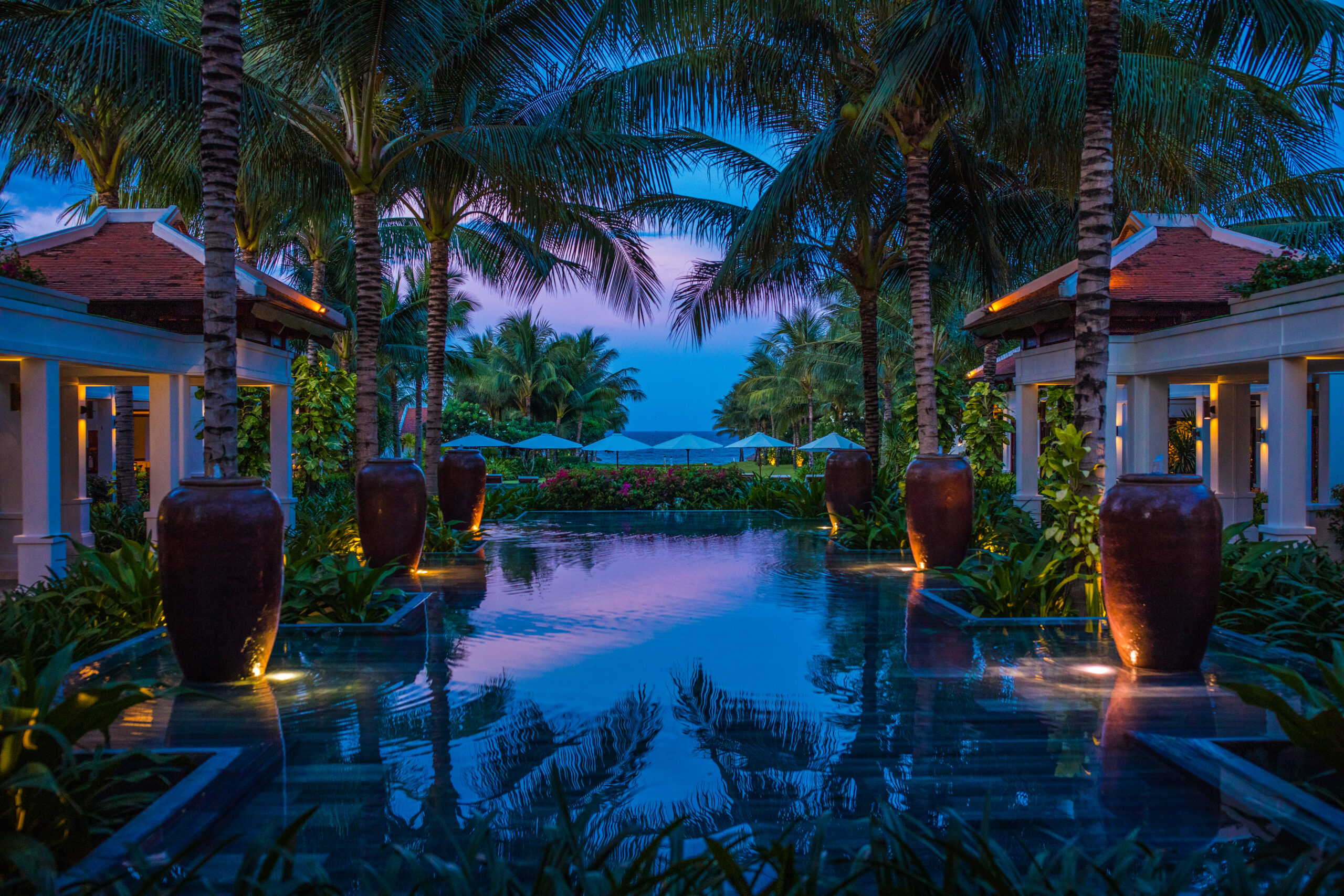


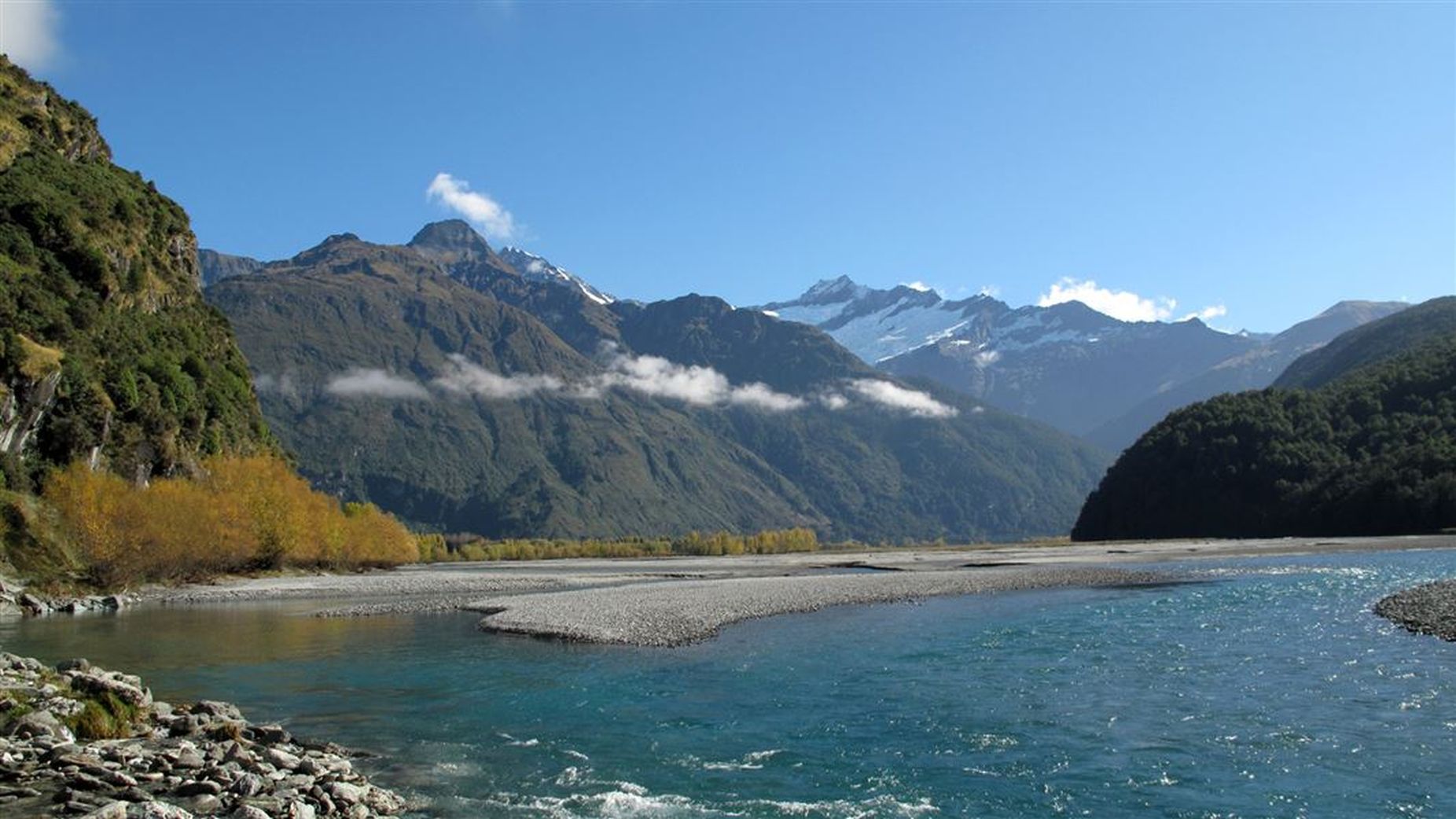


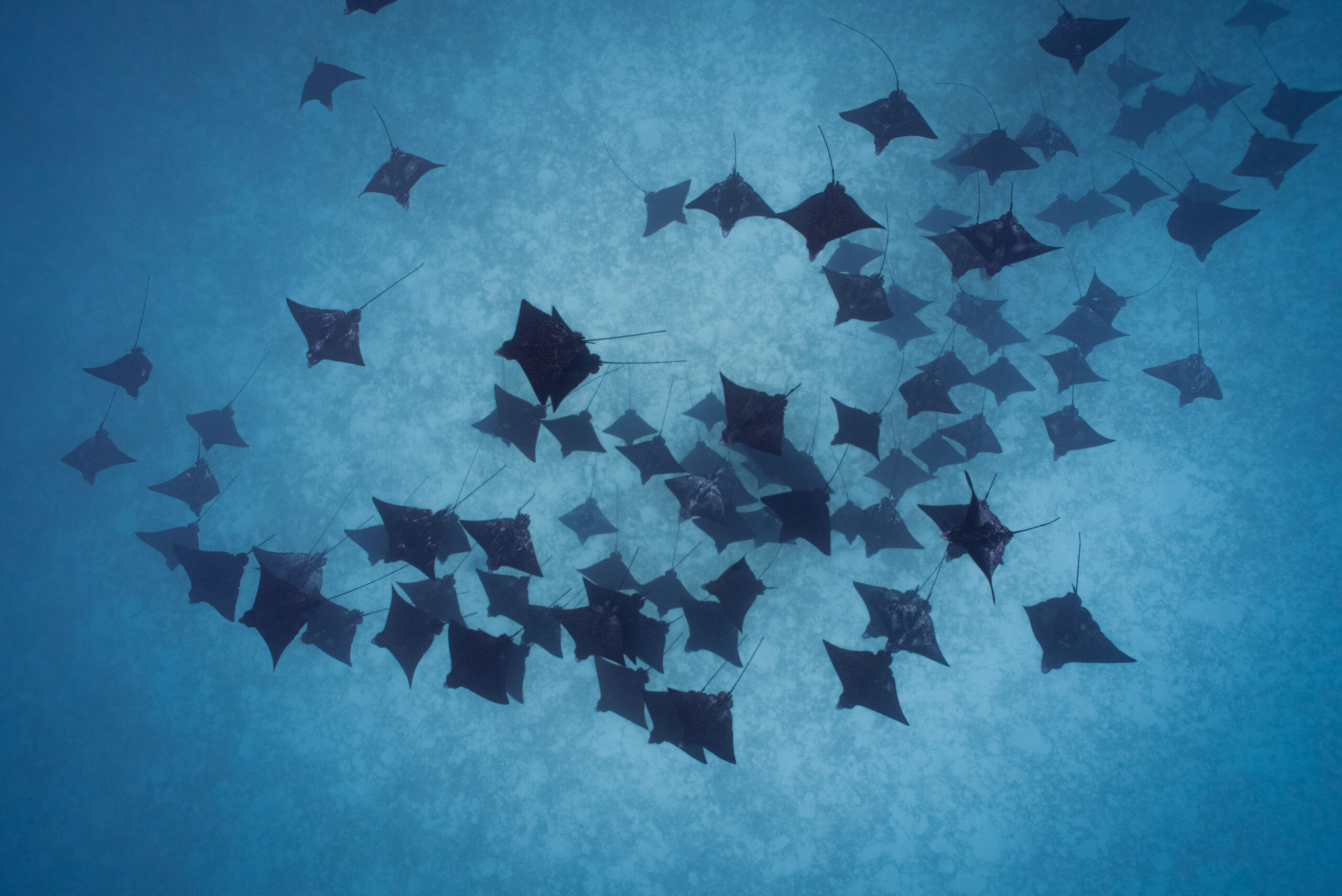

Recent Comments